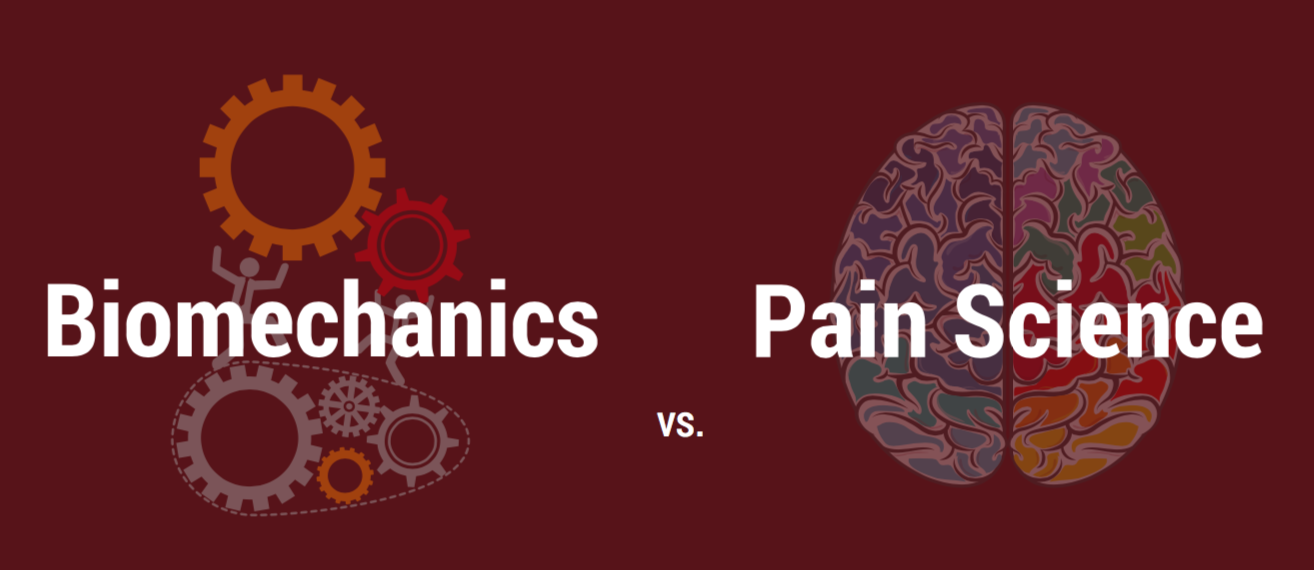- Home
- About Us
- TSPT Academy
- Online Courses
-
Resources
- Newsletter
- Business Minded Sports Physio Podcast
- Day in the Life of a Sports PT
- Residency Corner
-
Special Tests
>
-
Cervical Spine
>
- Alar Ligament Test
- Bakody's Sign
- Cervical Distraction Test
- Cervical Rotation Lateral Flexion Test
- Craniocervical Flexion Test (CCFT)
- Deep Neck Flexor Endurance Test
- Posterior-Anterior Segmental Mobility
- Segmental Mobility
- Sharp-Purser Test
- Spurling's Maneuver
- Transverse Ligament Test
- ULNT - Median
- ULNT - Radial
- ULNT - Ulnar
- Vertebral Artery Test
- Thoracic Spine >
-
Lumbar Spine/Sacroiliac Joint
>
- Active Sit-Up Test
- Alternate Gillet Test
- Crossed Straight Leg Raise Test
- Extensor Endurance Test
- FABER Test
- Fortin's Sign
- Gaenslen Test
- Gillet Test
- Gower's Sign
- Lumbar Quadrant Test
- POSH Test
- Posteroanterior Mobility
- Prone Knee Bend Test
- Prone Instability Test
- Resisted Abduction Test
- Sacral Clearing Test
- Seated Forward Flexion Test
- SIJ Compression/Distraction Test
- Slump Test
- Sphinx Test
- Spine Rotators & Multifidus Test
- Squish Test
- Standing Forward Flexion Test
- Straight Leg Raise Test
- Supine to Long Sit Test
-
Shoulder
>
- Active Compression Test
- Anterior Apprehension
- Biceps Load Test II
- Drop Arm Sign
- External Rotation Lag Sign
- Hawkins-Kennedy Impingement Sign
- Horizontal Adduction Test
- Internal Rotation Lag Sign
- Jobe Test
- Ludington's Test
- Neer Test
- Painful Arc Sign
- Pronated Load Test
- Resisted Supination External Rotation Test
- Speed's Test
- Posterior Apprehension
- Sulcus Sign
- Thoracic Outlet Tests >
- Yergason's Test
- Elbow >
- Wrist/Hand >
- Hip >
- Knee >
- Foot/Ankle >
-
Cervical Spine
>
- I want Financial Freedom
- I want Professional Growth
- I want Clinical Mastery
|
In March 2016, I opened Heafner Health, a cash based physical therapy clinic in Boulder, Colorado. In the past two years, I have grown the business to consistently seeing 30-35 patients each week. While it has been an amazing journey, the past two years have taught me many lessons about business, physical therapy, and life. In the video below, Dr. Nick Helton PT, DPT and I chat about cash-based physical therapy. Nick is looking to transition from his physician owned outpatient orthopedic setting into a cash based clinic. In the video, we cover four main topic areas (these were taken from email communication between Nick and I):
If you have questions for Nick or myself OR would like a second round, please let me know in the comments section below.
Thank you for following TSPT, Jim Heafner PT, DPT, OCS Link to cash based practice website: www.heafnerhealth.com
3 Comments
Have you ever seen or had a patient that has been doing exercises (maybe even ones that you've prescribed) for some specific muscles, but they continue to test weak, despite weeks or months of doing the exercises? It doesn't make sense. A weak muscle should respond to exercise right? What should you do at this point? There are 3 possible answers that I want to go over, in no specific order. First, and perhaps most obvious, the patient may not be loading or performing the exercise properly. For example, if the patient is performing a clamshell, but instead of hip ER, they are rotating their spine, the muscle isn't being properly stimulated. That doesn't mean that there isn't still a benefit to the exercise, but it may not develop strength properly. In regards to loading, if a patient can perform an exercise for 20 or 30 repetitions, they may improve muscle endurance or neural activity, but it's unlikely strength changes will occur. One of our first steps with exercise prescription should be ensuring proper technique and appropriate dosage. Second, the muscle may not be improving in strength due to neural inhibition. If there is insufficient neural input, the muscle will have difficulty fully firing, despite the load that is put on the muscle. For example, if the femoral nerve has decreased nerve conduction due to restricted lumbar mobility, the quadriceps may not improve strength even with hundreds of squats. With these patients, our goal should be to improve the neural mobility at each point of restriction. At that point, the muscle may test completely strong without ever having done one strengthening exercise. An example of this is when a patient with weak L5 myotomes tests completely strong simply with some sideglides or press-ups. Finally, a patient may not progress in strength due to non-musculoskeletal issues. Issues can include conditions like multiple sclerosis, fracture, tumor, etc. But biopsychosocial factors can absolutely contribute as well. With how powerful the mind is, there may be some individual factors that are blocking any potential strength improvements. More medical conditions obviously warrant further testing and referral to the appropriate practitioners, but the biopsychosocial factors can be addressed by us as physical therapists. So how do we handle the next patient that comes in with weakness not responding to exercise? I recommend first checking the form for the exercise and how the dosage has been. Should those be correct, assess for any nerve or mobility restrictions that may be causing neurogenic inhibition. Address those restrictions and re-check the strength deficit. You should be able to see some change relatively quickly. If the patient fails to respond to those techniques, do some additional fracture, UMN lesion, cancer, etc. screening and refer out, depending on the results. -Dr. Chris Fox, PT, DPT, OCS Do You Struggle Applying the Principles of Pain Science?Over the past several decades, pain scientists and researchers have made great progress in understanding and explaining pain. Unfortunately, even when the biology of pain appears to be simple, the answer is never straightforward. Each human being has their own set of experiences which impacts how they perceive pain. Science has shown us that using a biopsychosocial approach is integral in addressing these factors. This includes identifying one's biological, psychological, and sociological aspects that may be contributing to their pain. While this sounds great on the surface, it can be hard to apply these principles with each patient. The Basics of Teaching about the Science of Pain From my personal experiences, I cannot stress the importance of building a therapeutic alliance with the patient. As health and wellness providers, the ability to understand someone’s needs and tailor one’s language toward these needs will significantly influence the outcome of their situation. Building a strong therapeutic alliance is first and foremost! After a therapeutic alliance has been created, then the multiple factors that impact someone's pain can be explored. Three main areas I address are mindfulness, nutrition, and sleep (with the primary one being mindfulness). Each of these areas play an important role in the sensitivity of the nervous system. Addressing these factors can reduce the sensitivity in the body’s alarm system to foster an environment of healing. Strategies I Use to Implement Mindfulness 1) Manual Therapy: During manual therapy, I ask the question, "what do you feel?" This question brings awareness and perception to the patient's body part. It forces them to describe their current environment and take ownership over the symptoms they are experiencing. 2) Keeping a Journal of Symptoms: Journaling allows the patient to describe their situation and environment. It brings context around time, location, and external factors that may be influencing pain. With each journal entry, patterns will be identified that can help alleviate the onset of pain. 3) Meditation as Mindfulness. Identifying strategies to calm down the nervous system is beneficial. While this may seem to foreign for most people, meditation can be great for activating the parasympathetic nervous system- slowing down the heart rate and allowing the body to rest. It is simply not enough to tell a patient to be more mindful OR watch what they eat! As a profession, we must do a better job providing solutions and offering resources to assist with the multiple factors of pain.
-Jim Heafner PT, DPT, OCS |
Dr. Brian Schwabe's NEW Book in partner with PaleoHacks!
Learn residency-level content on our
Insider Access pages We value quality PT education & CEU's. Click the MedBridge logo below for TSPT savings!Archives
July 2019
Categories
All
|










 RSS Feed
RSS Feed